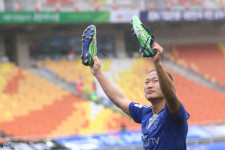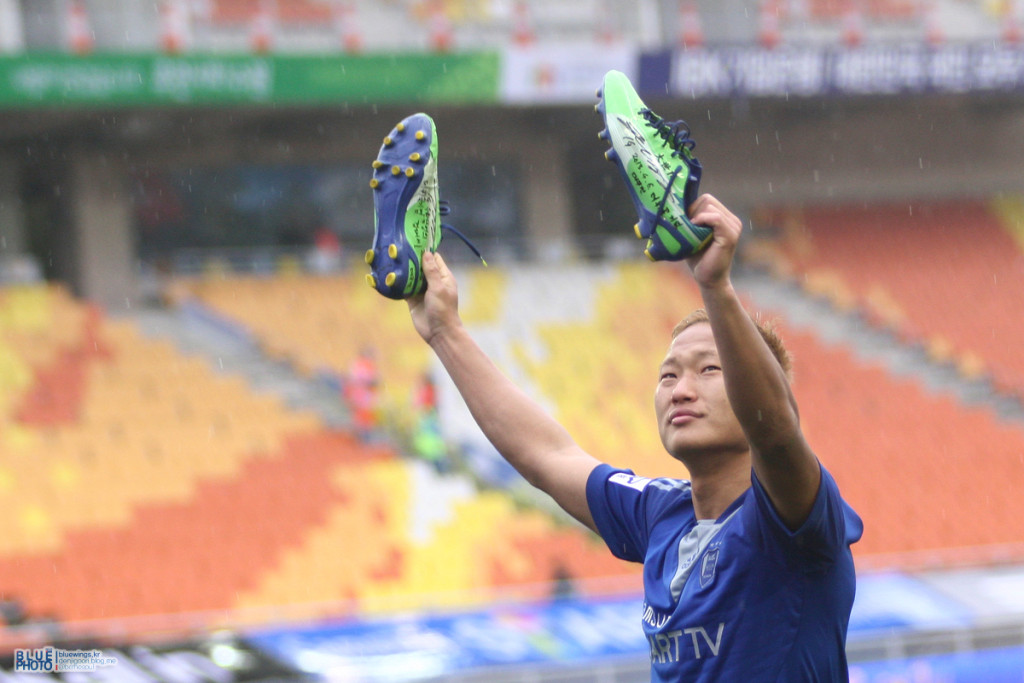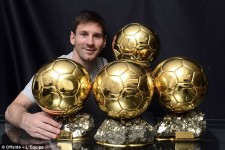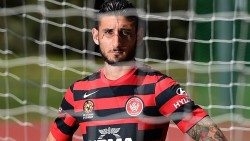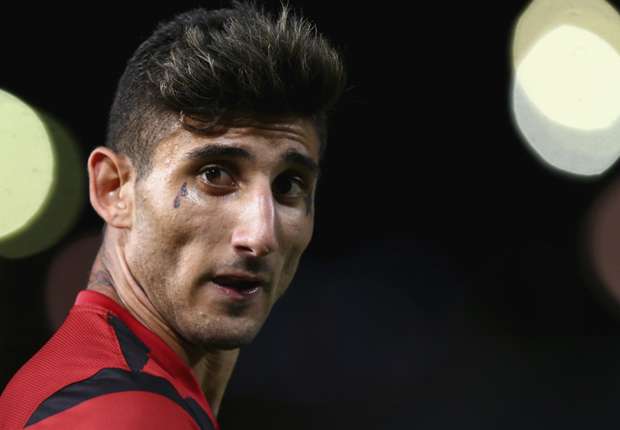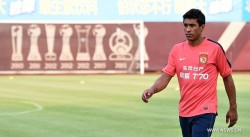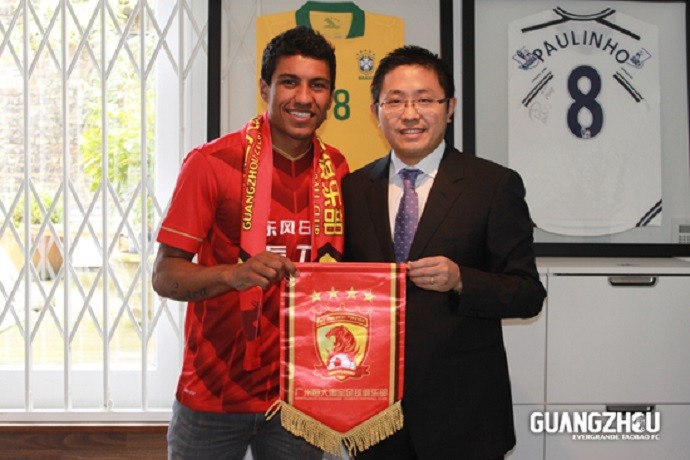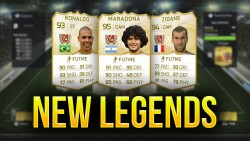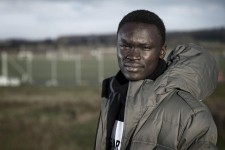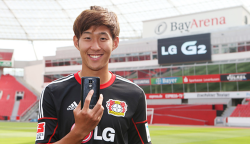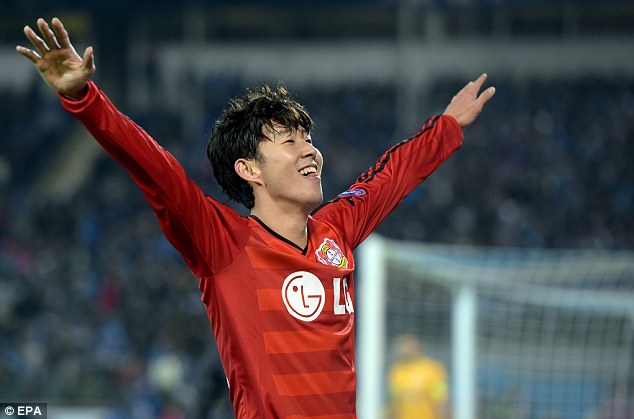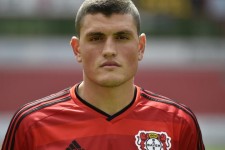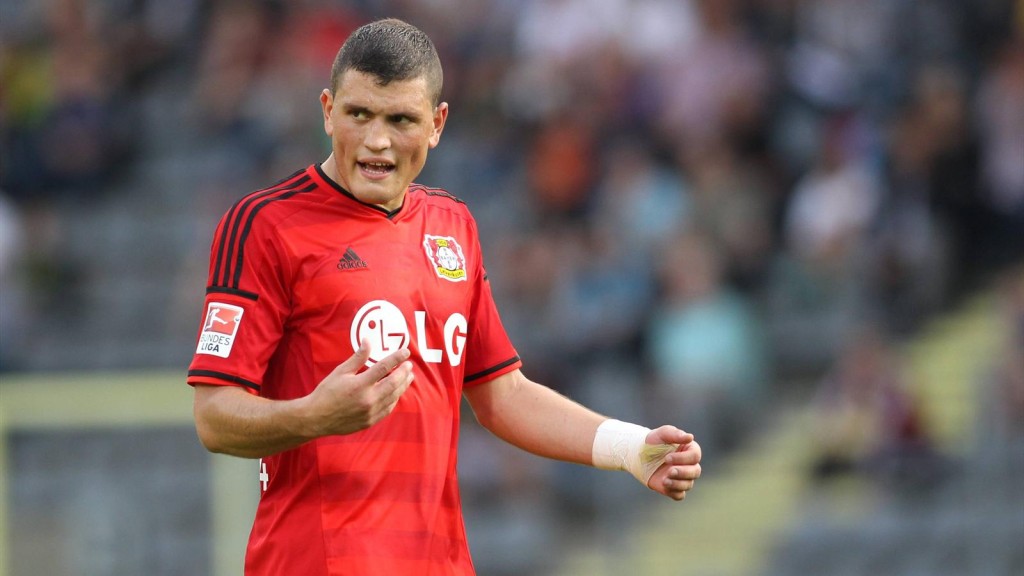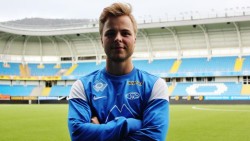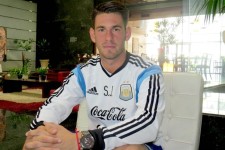
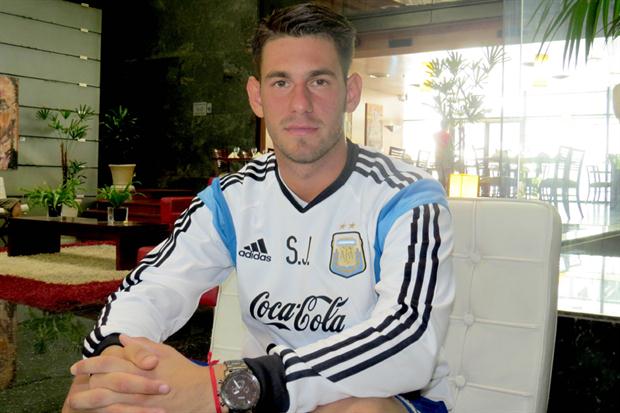
He might not be much of a household name given he is yet to make his senior debut at club level yet, but if River Plate and Argentina’s young goalkeeper Augusto Batalla makes the strongly rumoured switch to Real Madrid then expect to hear a lot more about the 19-year-old.
Who is Augusto Batalla?
Born in the neighbourhood of Hurlingham, just west of Buenos Aires, Batalla has been part of River Plate’s youth sides since childhood and despite not appearing for the first team yet is considered by coaches in Argentina to be a player of enormous potential after starring for the Albiceleste under-17s and under-20s.
In 2011, having already caught the attention of coaches whilst playing for River, Batalla travelled to Uruguay for the under-15 South American Championship under the guidance of Miguel Angel Lemme. This was the beginning of a long running connection with the Argentine youth sides and although La Albiceleste could only finish third, Batalla had cemented his position as the number one.
It was in 2013 when Batalla really made scouts take notice when he and has teammates from the under-15s stepped up to under-17 level and lifted the South American Championship on home soil. A month later, River travelled to Spain for the under-17 World Club Championships and it is reported that it was in this tournament that Madrid first began chasing the youngster’s signature.
Real Madrid actually defeated River in the group stage but both sides qualified for the knockout stages where River then defeated Barcelona and Atletico Madrid en route to being crowned champions. Batalla kept clean sheets in both matches and was the penalty hero in the semi-final against Barcalona before being named the goalkeeper of the tournament.
Later in the year Argentina under-17s travelled to the United Arab Emirates for the World Cup but lost in the semi-final to a strong Mexican side. However, that was not to be the end of Batalla’s success in national colours as this January, the under-20s captured the South American Championship.
With three clean sheets from the five matches in the final round, Batalla was of huge importance to the side and although World Cup disappointment followed, the 19-year-old has been earmarked for future success having come through all the youth sides.
Are Madrid really looking to tie up a deal?
According to Spanish newspaper Marca, Real Madrid have been tracking Batalla since witnessing his display in the Club World Championship for River in 2013 and a deal has been strongly rumoured ever since.
River president Rodolfo D’onofrio confirmed this link earlier this year and was quoted as saying: “The contract hasn’t been signed yet but in June, Batalla will to to Madrid on a one-year loan, with an option to buy for a large sun.”
This deal hasn’t yet been finalized but the interest is very real. River, like all Argentine clubs, are in desperate need of money as the monthly costs of running the club sees them run at a loss, only to be balanced by player sales.
As much potential as Batalla may have he is yet to have any impact at first team level. The number one spot is filled by the hugely reliable Marcelo Barovero and with the reported figure being touted as high as €10 million it is little wonder that D’onofrio is willing to let Batalla go.
There are few clubs in world football who are able to spend that type of money on a promising young player, who will not be considered for the first team for a number of years but Real are one of them.
What will Batalla bring to Madrid?
Well, at this point Batalla will bring nothing more than potential as he will make no impression on the Real Madrid first team for a little while. The idea is that he would go straight into Zinedine Zidane’s Castilla squad alongside the talented Norwegian talent Martin Odegaard but the hope would be that with the correct development, Madrid would have a top goalkeeper for many years.
At six feet two inches, Batalla is not the tallest goalkeeper but is an agile shot stopper and a decent enough penalty box presence at youth level.
With the reported interest of Real Madrid such common knowledge, Batalla’s under-20 coach Humberto Grondona said in January: “Real Madrid are guaranteed a goalkeeper with a brilliant future. Augusto has everything he could need to go continue making progress. It is not just that he has the footballing qualities that make him stand out from the rest, but also that as a person he is very mature for his age.”
Of course, signing any young player comes with no guarantee but Grondona is correct in saying that Batalla has all the tools to be a top goalkeeper.
A move to Real would be a testing one, but would be a wonderful place to develop to the level of world class that Madrid and Argentina would be hoping.
Written by Peter Coates
Follow Peter on Twitter @golazoargentino
You can check out more of his excellent work on Argentinian football through his website, Golazo Argentino
Like O-Posts on Facebook
You can also follow O-Posts on Twitter @OPosts





